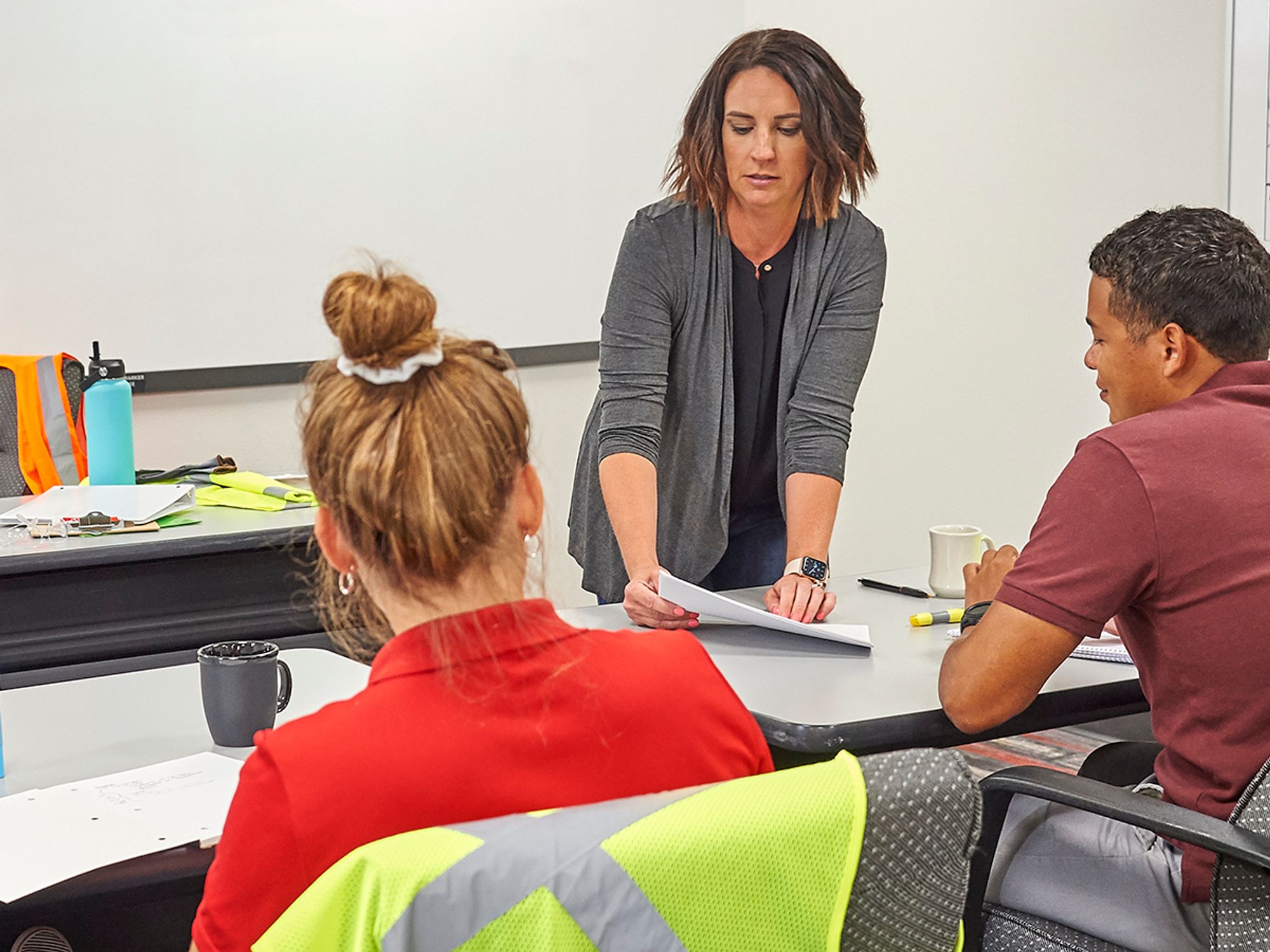Characteristics of sound training programs

- The best training programs are accurate, credible, clear, and practical.
A general review of training “best practices” reveals four characteristics that sound training programs have in common. The best training programs are accurate, credible, clear, and practical.
Accurate
Training materials should be prepared by qualified individuals, updated as needed, and facilitated by appropriately qualified and experienced individuals employing appropriate training techniques and methods.
Credible
Training facilitators should have a general safety and health background or be a subject matter expert in a health or safety-related field. They should also have experience training adults or experience working with the target population. Practical experience in the field of safety and health as well as experience in training facilitation contribute to a higher degree of facilitator credibility.
Clear
Training programs must not only be accurate and believable, but they must also be clear and understandable to the participant. If the material is only understandable to someone with a college education or someone who understands the jargon, then the program falls short of meeting workers’ needs.
Training materials should be written in the language and grammar of the everyday speech of the participants. Training developers should ensure that readability and language choices match the intended audience.
If an employee does not speak or comprehend English, instruction must be provided in a language that the employee can understand. Similarly, if the employee’s vocabulary is limited or there is evidence of low literacy among participants, the training must account for this limitation. Remember that workers may be fluent in a language other than English, or they may have low literacy in both English and their primary language. Training needs to be adjusted to accommodate all the factors that are present.
Practical
Training programs should present information, ideas, and skills that participants see as directly useful in their working lives. Successful transfer of learning occurs when the participant can see how information presented in a training session can be applied in the workplace.
